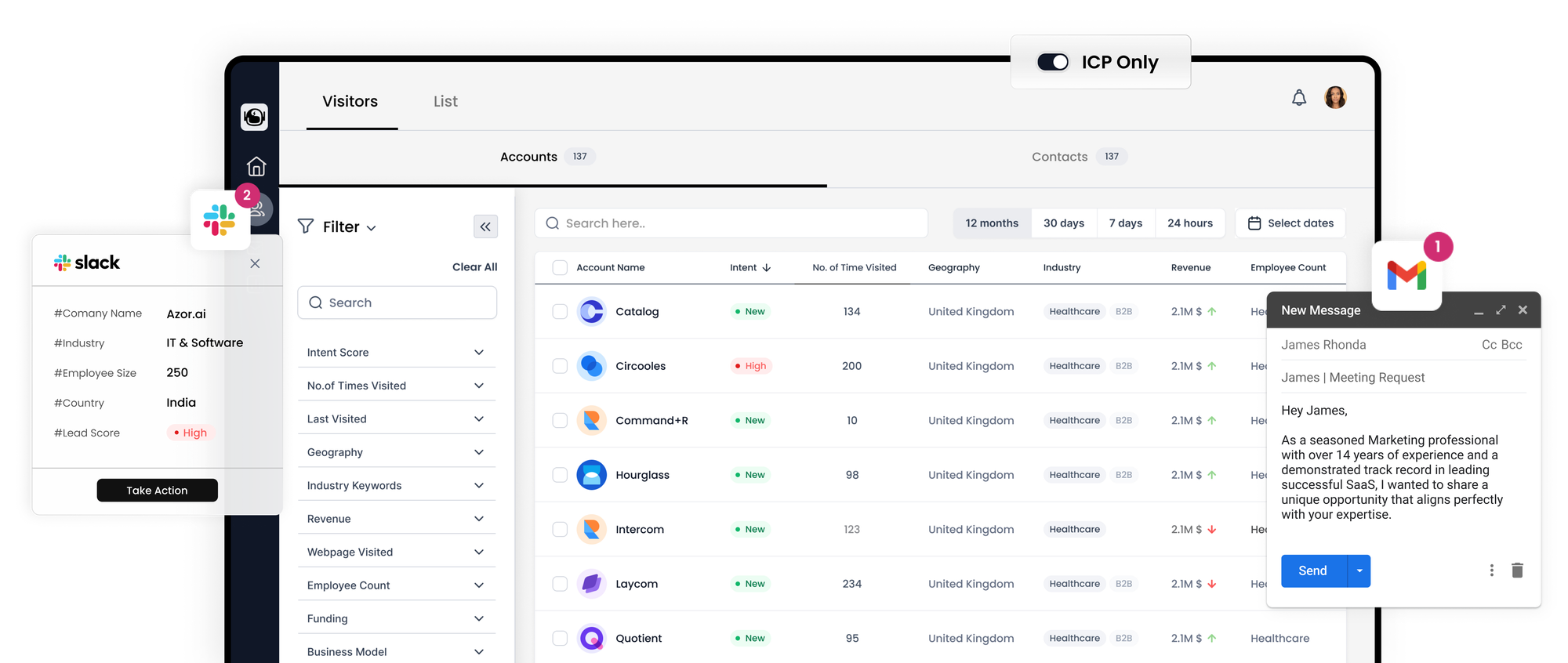Demand Generation Explained: Strategies, Benefits, and Real-World Examples

Demand Generation Explained: Strategies, Benefits, and Real-World Examples
In the realm of marketing, the concept of "demand generation" is critical for familiarizing customers with your brand. Unlike the narrow focus of lead generation, demand generation strategies are primarily concerned with raising product awareness—essentially creating a demand. This approach is less about immediate lead generation and more about situating your brand in contexts where customers begin to comprehend and appreciate what you offer.
Implementing demand generation means placing your brand in environments where potential customers are already present and engaged. For instance, if your product is tomatoes, you'd naturally choose to showcase them at a grocery store rather than a laundromat. Demand generation marries the consumer's needs with your product offerings, aiming to elevate product awareness in a manner that can eventually foster promising leads.

Demand Generation: The Basics
Demand generation encompasses the entire marketing strategy or "funnel" that sparks interest in what your brand provides. It's the big-picture view of the customer's journey from initial awareness to eventual lead generation.
Think of demand generation as a means to gauge and influence how a potential customer perceives your product or service. It begins with brand introduction, progresses through nurturing customer relationships by building trust and establishing authority, and culminates in addressing the customer's problems with your brand's solutions. This is particularly crucial in B2B marketing, where businesses are seeking ways to thrust their own offerings into the limelight.
Demand generation strategies might range from brand awareness campaigns on social platforms to industry thought leadership through webinars, eBooks, and white papers. Ultimately, demand generation is about making sure your potential audience is well-acquainted with the brand you represent, its value proposition, and the trustworthiness of your brand.
Demand Generation vs. Lead Generation
Demand generation is an umbrella term for strategies that cultivate awareness and interest in a brand or product. It's a subset of inbound marketing that lays the groundwork for the more focused endeavor of lead generation.
The connection between demand generation and lead generation is nuanced. Lead generation is an integral component of the broader demand generation framework, focusing on converting the awareness created by demand generation efforts into concrete actions—leads. For instance, a social media campaign may primarily aim to heighten awareness (demand generation), but it could also prompt some users to take immediate action, transitioning into lead generation.
The Significance of Demand Generation
Beyond fostering brand awareness, demand generation is vital for establishing and reinforcing your brand's value and trust in the market—essentially shaping its reputation. In B2B contexts, the credibility of your brand is of utmost importance.
From a business perspective, demand generation is a precursor to lead generation. It initiates the customer's journey, which, with a compelling value proposition, moves toward increased engagement with your brand and its offerings.
Advantages of Effective Demand Generation
Successfully executed demand generation strategies offer several benefits beyond merely leading to more customer leads and usage.
1. Cost Efficiency: Demand generation efforts can help build a brand’s reputation early on, potentially reducing costs associated with customer retention and future marketing initiatives. Brands that establish themselves as reliable and expert in their field can foster lasting customer loyalty and, over time, achieve more cost-effective marketing outcomes, such as improved ROAS or lower CPC.
2. Enhanced Brand Presence and Authority: At its core, demand generation amplifies brand visibility. A solid demand generation plan not only exposes your brand to new customer segments with the intent of sales but also integrates your brand into the customer's daily life. Moreover, by positioning your brand as an authority through insightful content and thought leadership, demand generation fosters deep-rooted brand-customer relationships. These connections are not just transactional; they're built on trust and reliability, resulting in customers consistently choosing your brand to meet their needs.
